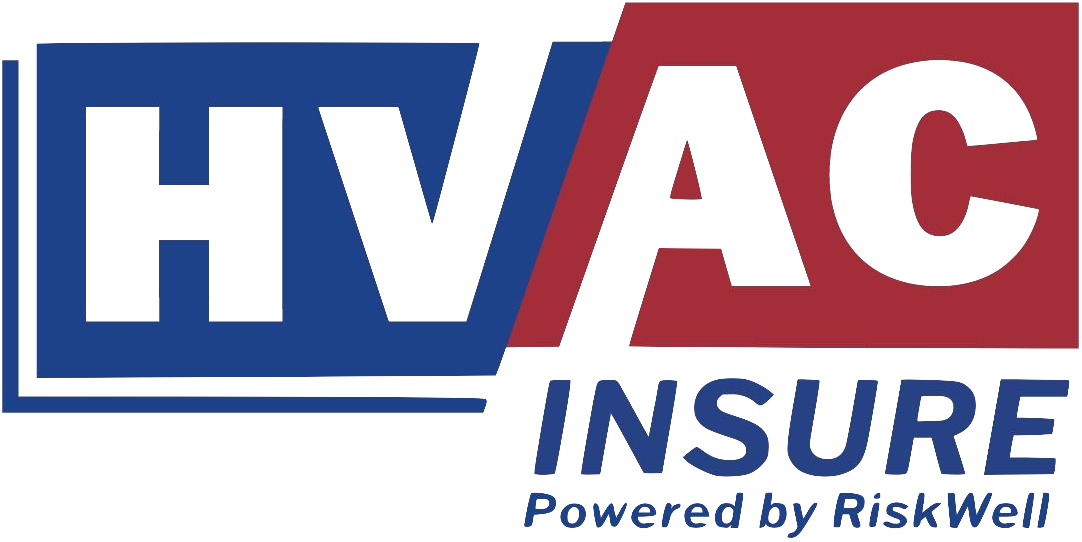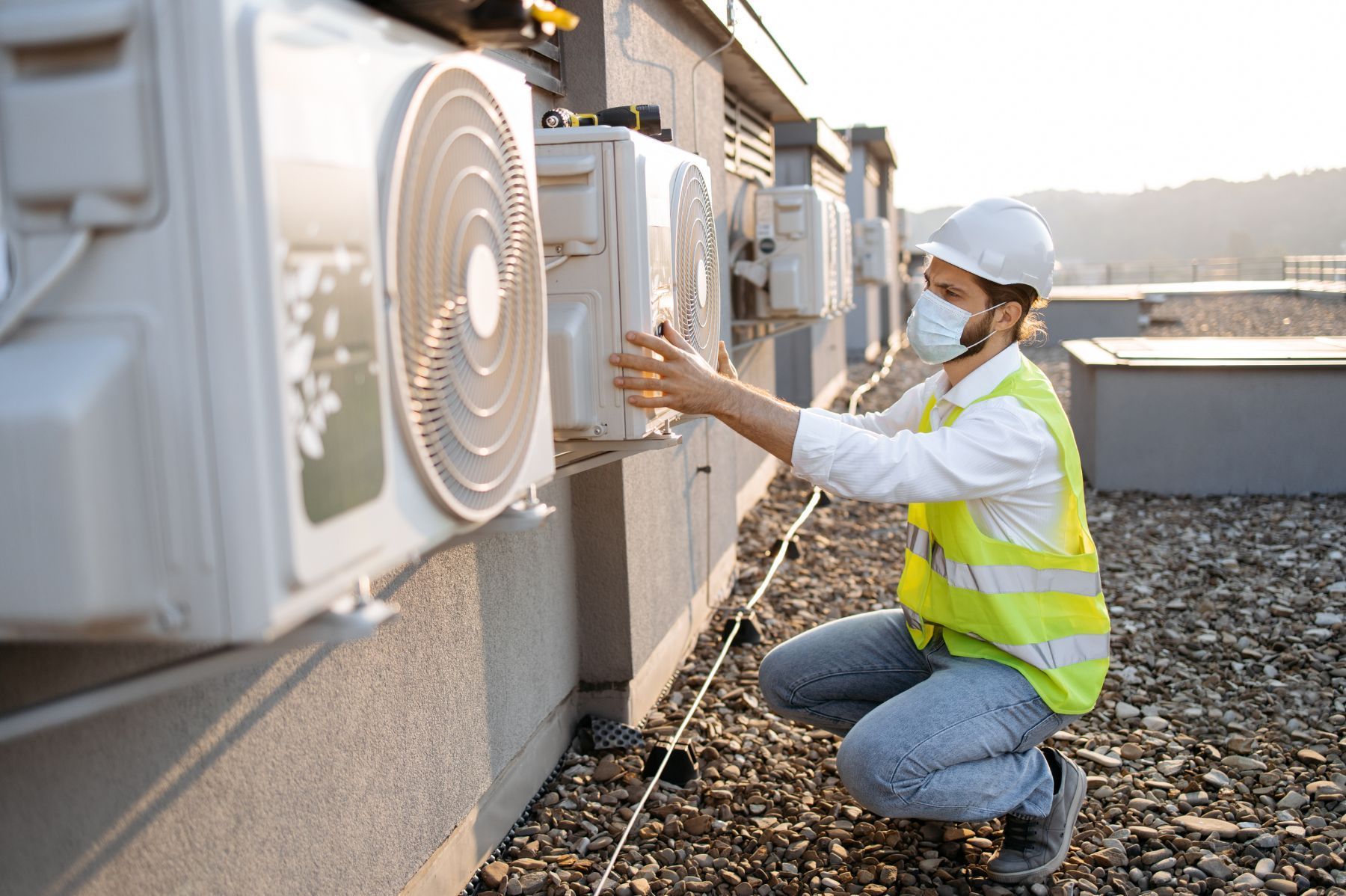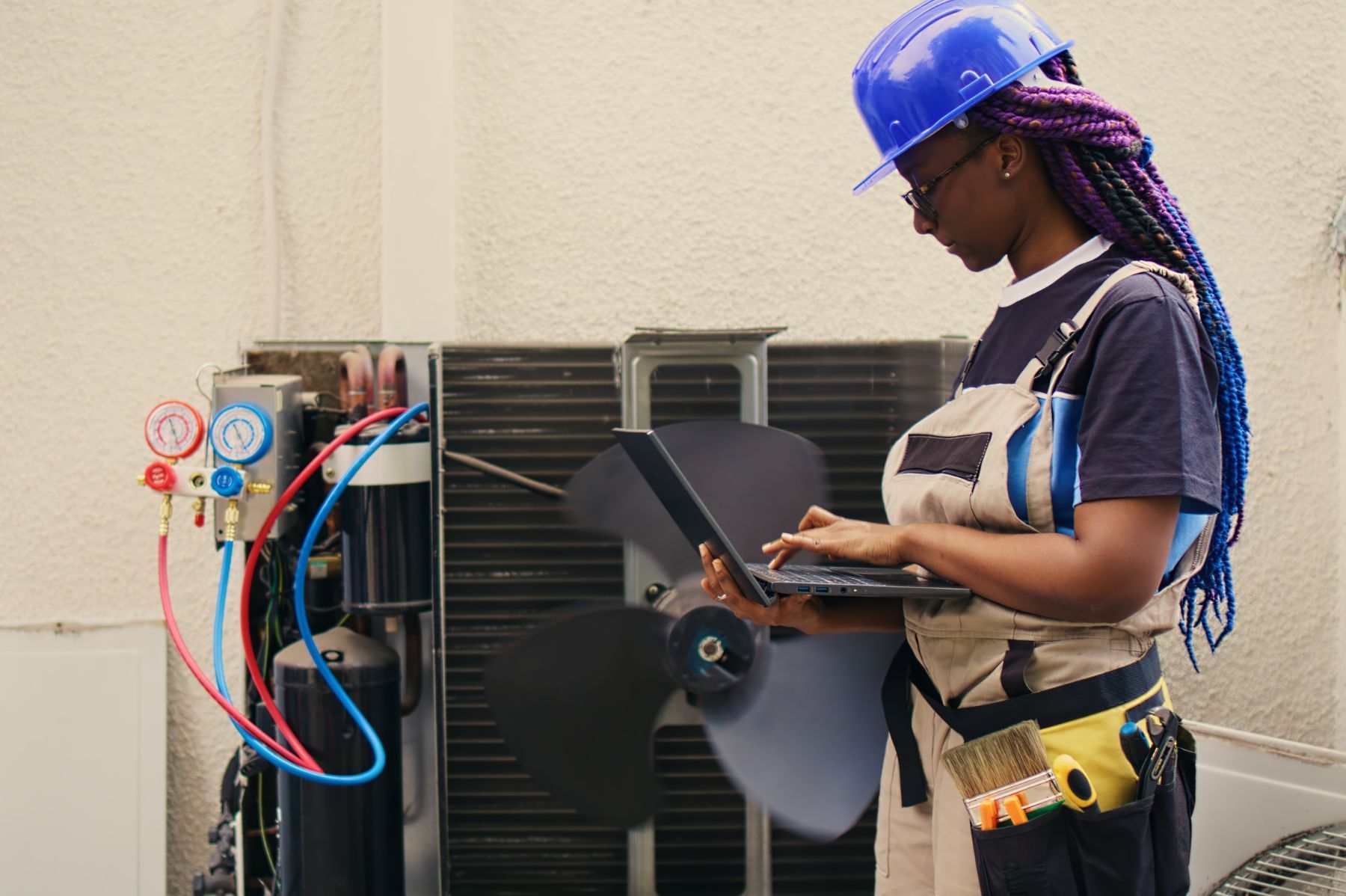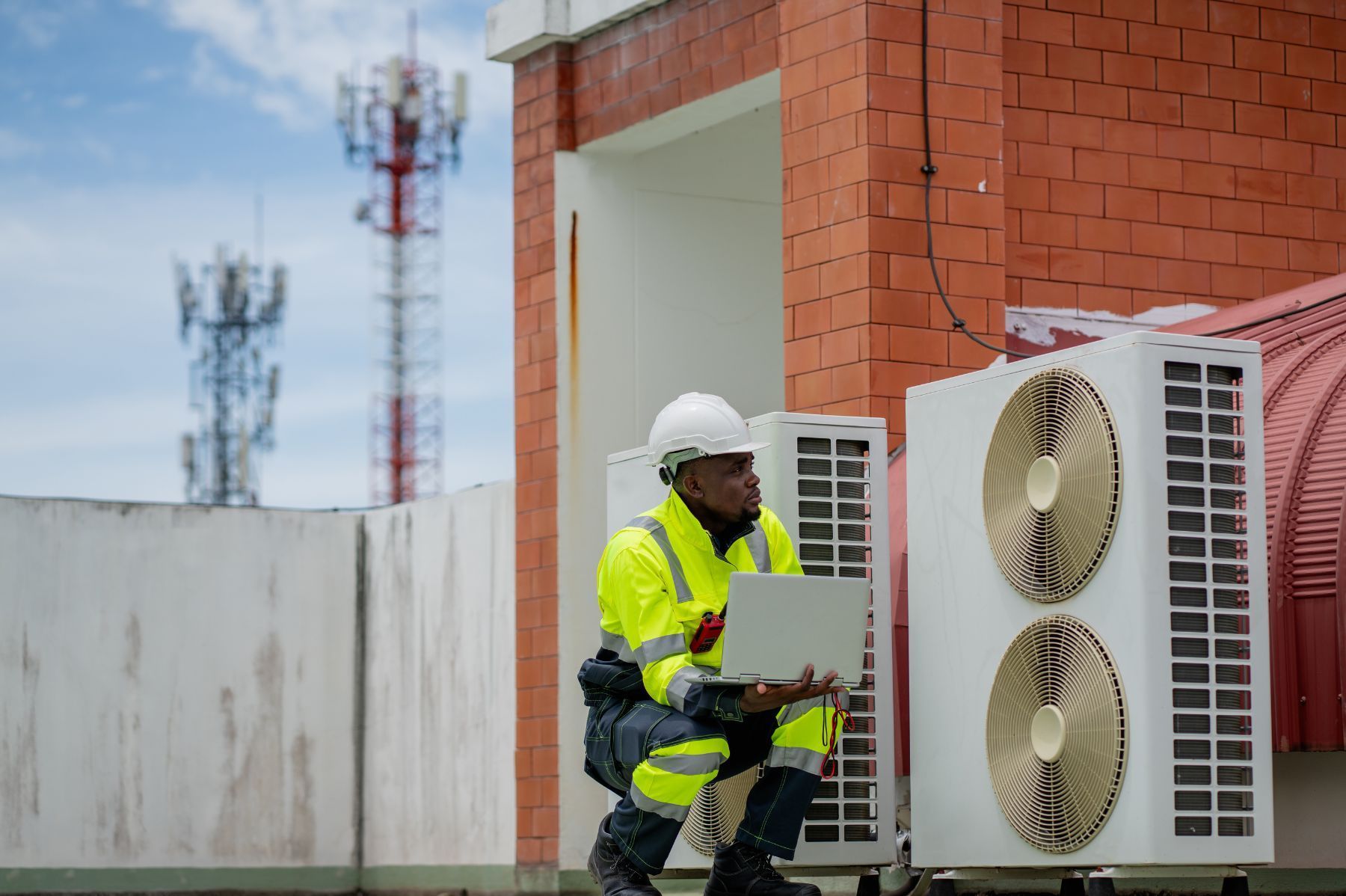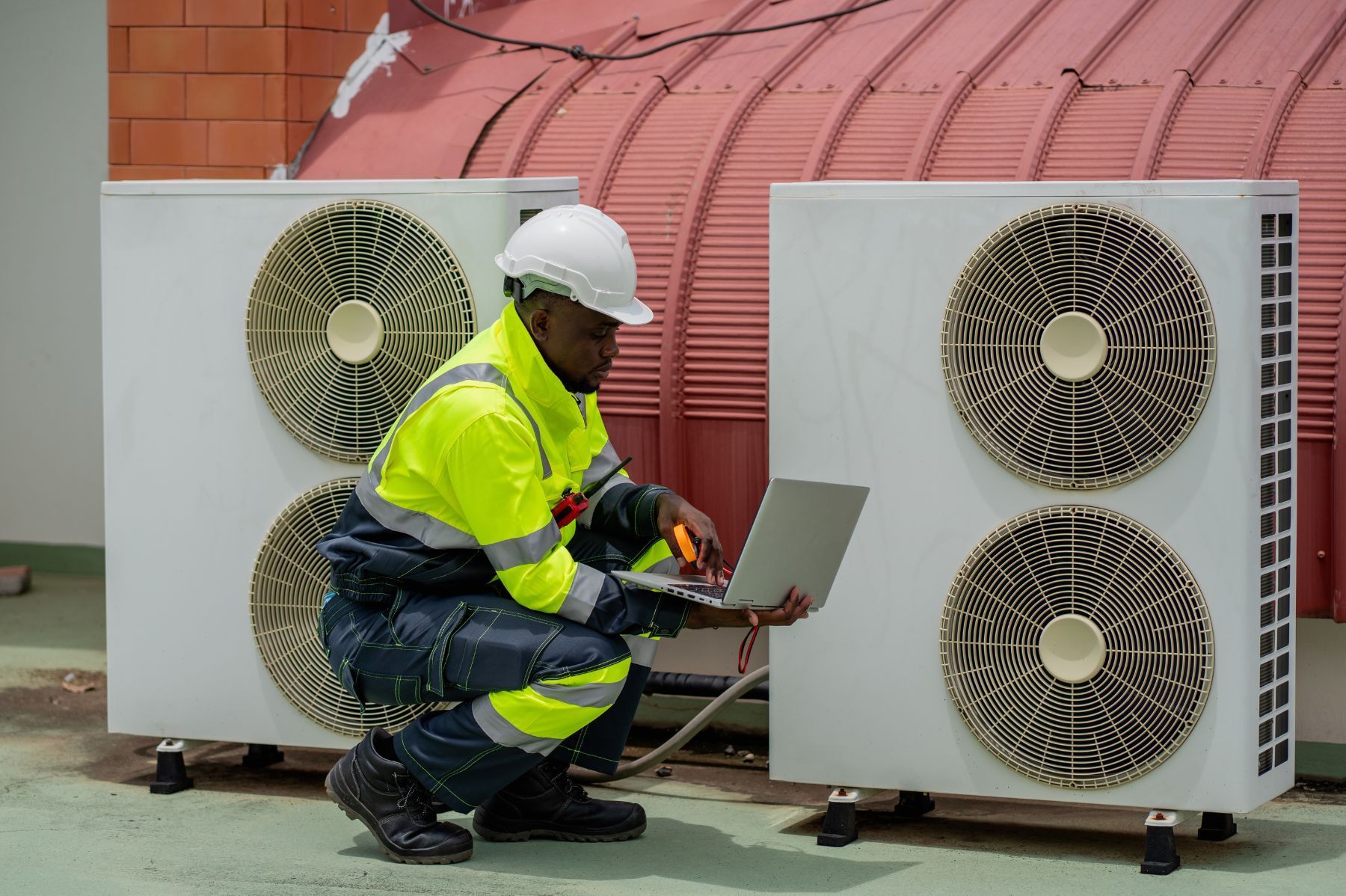Dealing with Customer Claims: A Guide for HVAC Businesses
See How We're Different
or call us: (469) 678-8001

Every HVAC business faces customer claims at some point. Whether it’s a complaint about slow service or a dispute over repair quality, handling these claims well can make or break your reputation. With 89% of consumers willing to switch to a competitor after a poor customer service experience, the stakes have never been higher ZipDo Education Reports 2025. This guide breaks down how HVAC companies can navigate claims effectively, protect their business, and keep customers satisfied.
Understanding the Impact of Customer Claims
Customer claims are more than just complaints; they are opportunities to demonstrate professionalism and build trust. However, ignoring or mishandling claims can lead to lost business. Over half of negative reviews specifically mention slowness or unresponsiveness as the main issue Amra and Elma LLC. This highlights how critical timely communication is in preventing claims from escalating. A swift acknowledgment of a claim can often diffuse a tense situation, turning a potentially negative experience into a positive one. When customers see that their concerns are taken seriously and addressed promptly, they are more likely to remain loyal and even recommend your services to others.
Claims also affect internal operations. High turnover rates in HVAC companies—around 20% annually—can strain your ability to respond effectively to customer issues ZipDo Education Reports 2025. When experienced technicians leave, new hires may lack the expertise to handle complex claims, underscoring the need for ongoing training and clear protocols. Additionally, the loss of institutional knowledge can hinder the company's ability to learn from past mistakes, making it crucial to document claims and resolutions thoroughly. This not only aids in training new employees but also helps in refining processes to minimize future claims.
Why Quick Response Matters
Responding quickly to claims isn’t just good customer service; it’s smart business. HVAC companies that communicate proactively during service appointments report 25% higher customer satisfaction scores ZipDo Education Reports 2025. Customers want to feel heard and informed. When they don’t, frustration builds, and claims escalate into negative reviews or lost clients. Furthermore, a rapid response can also provide valuable insights into recurring issues, allowing companies to identify trends and implement preventative measures. By addressing the root causes of claims, businesses can enhance their service offerings and ultimately reduce the frequency of customer complaints.
Moreover, the way a company handles claims can significantly influence its reputation in the marketplace. In an era where online reviews can make or break a business, a proactive approach to customer claims can lead to positive word-of-mouth referrals. Satisfied customers are likely to share their experiences on social media and review platforms, amplifying the company's credibility. Additionally, a strong reputation for excellent customer service can differentiate a business from its competitors, making it a preferred choice for potential clients. Therefore, investing in a robust claims management process not only resolves immediate issues but also contributes to long-term business success.
Setting Up an Effective Claims Process
Creating a clear, step-by-step process for handling claims can reduce confusion and speed resolution. Start by training your team to listen carefully and document all details accurately. This helps in understanding the root cause and prevents miscommunication. It's essential to encourage a culture of empathy within your team, where they not only focus on resolving the issue but also on understanding the customer's experience. This approach can transform a potentially frustrating situation into a positive interaction, fostering loyalty and trust.
Next, establish a timeline for responses. Customers expect timely updates, so set internal deadlines for acknowledging claims and providing solutions. Using CRM software or service management tools can help track claims and ensure no customer falls through the cracks. Additionally, consider implementing automated notifications that keep customers informed about the status of their claims. This proactive communication can alleviate anxiety and demonstrate your commitment to customer service, ultimately enhancing the overall experience.
Training and Specialization
More than half of HVAC companies report a need for specialized training on emerging refrigerants like R-1234yf ZipDo Education Reports 2025. This kind of expertise is crucial when claims involve technical issues. Well-trained technicians can diagnose problems accurately and explain solutions clearly, which reduces misunderstandings and builds customer confidence. Furthermore, investing in ongoing education not only keeps your team updated on industry standards but also empowers them to handle claims more efficiently, leading to quicker resolutions and happier customers.
Moreover, consider incorporating role-playing scenarios in your training sessions. These exercises can simulate real-life claims situations, allowing your team to practice their responses and refine their communication skills. By preparing them for various scenarios, you can enhance their ability to think critically and respond effectively under pressure. This not only improves their technical knowledge but also equips them with the soft skills necessary to handle sensitive customer interactions, ultimately resulting in a more competent and confident team.
Leveraging Technology to Manage Claims
Technology can streamline claims handling and improve communication. Automated appointment reminders and real-time updates keep customers informed and reduce complaints about unresponsiveness. Additionally, digital documentation ensures all claim details are stored securely and accessible when needed. This not only enhances the efficiency of the claims process but also fosters a sense of trust and reliability between the service provider and the customer. By utilizing cloud-based platforms, HVAC companies can ensure that all team members have access to the most current information, enabling them to respond quickly to customer inquiries and concerns.
Artificial intelligence is making waves in HVAC, with the global AI market expected to grow at a 17.5% CAGR through 2027 WifiTalents. AI tools can analyze service data to predict common issues and flag potential claims before they arise. Early intervention can prevent small problems from turning into costly disputes. Furthermore, machine learning algorithms can continuously improve their predictive capabilities by learning from past claims, allowing companies to refine their service offerings and proactively address customer needs. This not only enhances operational efficiency but also significantly boosts customer satisfaction, as clients feel their concerns are being anticipated and addressed before they escalate.
Marketing and Customer Retention
Handling claims well also ties into marketing efforts. HVAC companies using pay-per-click advertising see a 50% increase in website traffic WifiTalents. When customers find your business online, positive reviews and testimonials about your claim resolution process can tip the scales in your favor. Conversely, unresolved claims that lead to negative reviews can undermine paid marketing investments. Additionally, integrating customer feedback into marketing strategies can help businesses tailor their messaging to highlight strengths in claims management, ultimately attracting more clients who value a responsive and reliable service. By showcasing success stories and effective resolutions, companies can create a compelling narrative that resonates with potential customers, further enhancing their market presence.
Preventing Claims Through Proactive Customer Service
Prevention is better than cure. HVAC businesses that maintain proactive communication during service appointments enjoy significantly higher satisfaction rates. This means setting clear expectations about timelines, costs, and possible complications upfront. By taking the time to explain the intricacies of the HVAC system and the services being performed, technicians can empower customers with knowledge, making them feel more involved in the process. This transparency not only builds trust but also helps to mitigate misunderstandings that could lead to claims down the line.
Regular follow-ups after service can catch issues early before they become formal claims. It also shows customers you care beyond the initial job, fostering loyalty and reducing the chance they’ll turn to competitors. Additionally, sending out surveys or feedback forms can provide valuable insights into customer experiences, allowing businesses to identify areas for improvement. This proactive approach can also highlight successful service practices that should be maintained, ensuring a consistently high level of customer satisfaction.
Handling Difficult Claims
Not all claims are straightforward. Some require negotiation or even third-party mediation. In these cases, staying calm and professional is key. Document every interaction and avoid making promises you cannot keep. If a claim involves potential liability, consult your insurance provider promptly to understand coverage and next steps. Furthermore, it’s essential to approach these situations with empathy; acknowledging the customer's feelings can go a long way in diffusing tension. By actively listening to their concerns and validating their experiences, you can create a more collaborative atmosphere that may lead to a resolution that satisfies both parties.
Additionally, having a well-defined claims process in place can streamline the handling of difficult situations. Training your staff on how to navigate these processes effectively can ensure consistency and fairness in how claims are managed. Providing them with the tools to communicate clearly and confidently can make a significant difference in the outcome. Moreover, establishing a dedicated claims resolution team can help to expedite the process, allowing for quicker resolutions and ultimately enhancing customer trust in your business's commitment to service excellence.
What to Remember When Managing Customer Claims
Customer claims are inevitable in HVAC, but how you handle them sets your business apart. Fast, transparent communication and well-trained staff are your best tools. Investing in technology and ongoing education can reduce claim frequency and improve resolution times.
Ultimately, every claim is a chance to prove your commitment to quality and customer care. With 89% of consumers ready to switch after poor service, turning claims into positive experiences can protect your reputation and grow your business ZipDo Education Reports 2025.
Additionally, it’s crucial to document every step of the claims process meticulously. This not only helps in resolving disputes but also provides valuable insights into recurring issues that may need addressing. By analyzing these patterns, you can implement preventive measures that enhance your service delivery and reduce the likelihood of future claims. Furthermore, consider establishing a feedback loop with your customers post-resolution. This can be as simple as a follow-up call or an email survey, allowing you to gauge their satisfaction and identify areas for improvement.
Moreover, fostering a customer-centric culture within your organization can significantly impact how claims are perceived and handled. Encourage your team to view each claim not just as a problem but as an opportunity to strengthen customer relationships. Training sessions that focus on empathy and problem-solving can empower your staff to handle claims more effectively, ensuring that customers feel heard and valued. When your employees are equipped with the right mindset and tools, they can transform a potentially negative experience into a positive one, reinforcing customer loyalty and trust.
Frequently Asked Questions
Q: How quickly should HVAC companies respond to customer claims?
A: Ideally, acknowledge claims within 24 hours and provide regular updates until resolved. Timeliness in response not only demonstrates professionalism but also builds trust with customers. When clients feel heard and valued, they are less likely to escalate their concerns, which can lead to a more positive resolution process.
Q: What is the main cause of negative reviews in HVAC?
A: Over 55% of negative reviews cite slowness or unresponsiveness as the primary complaint. Customers expect timely service, especially when dealing with heating or cooling issues that can affect their comfort and safety. Companies that prioritize quick responses and effective communication can significantly enhance their reputation and customer loyalty.
Q: Why is specialized training important for HVAC technicians?
A: Specialized training, especially on new refrigerants, helps technicians address complex issues accurately, reducing claim risks. As HVAC technology evolves, technicians must stay updated on the latest advancements and regulations. This ongoing education ensures they can provide the best solutions while adhering to safety standards, ultimately benefiting both the technician and the customer.
Q: Can technology help with claim management?
A: Yes. Automated communications and AI tools can improve response times and predict potential problems. By leveraging technology, HVAC companies can streamline their operations, allowing for quicker identification of issues and more efficient claims processing. This not only enhances customer satisfaction but also helps companies manage their resources more effectively.
Q: What role does customer communication play in claim prevention?
A: Proactive communication during and after service appointments increases satisfaction and lowers the chance of claims. By keeping customers informed about the status of their service, potential issues, and maintenance tips, companies can foster a sense of partnership. This open line of communication can transform a potentially negative experience into a positive one, encouraging clients to return for future services and recommend the company to others.
